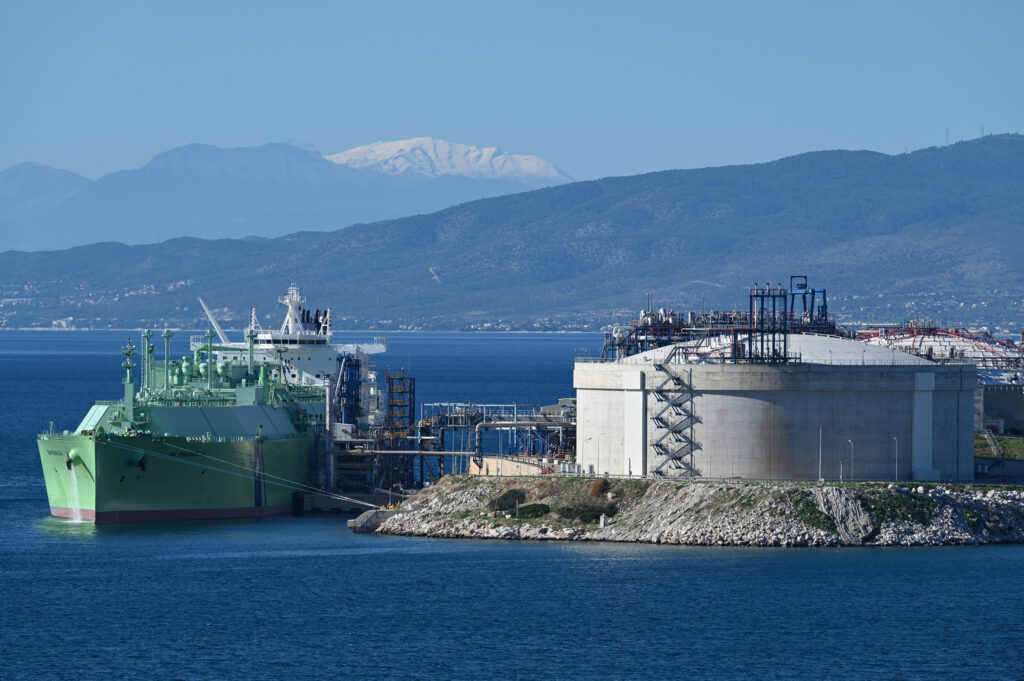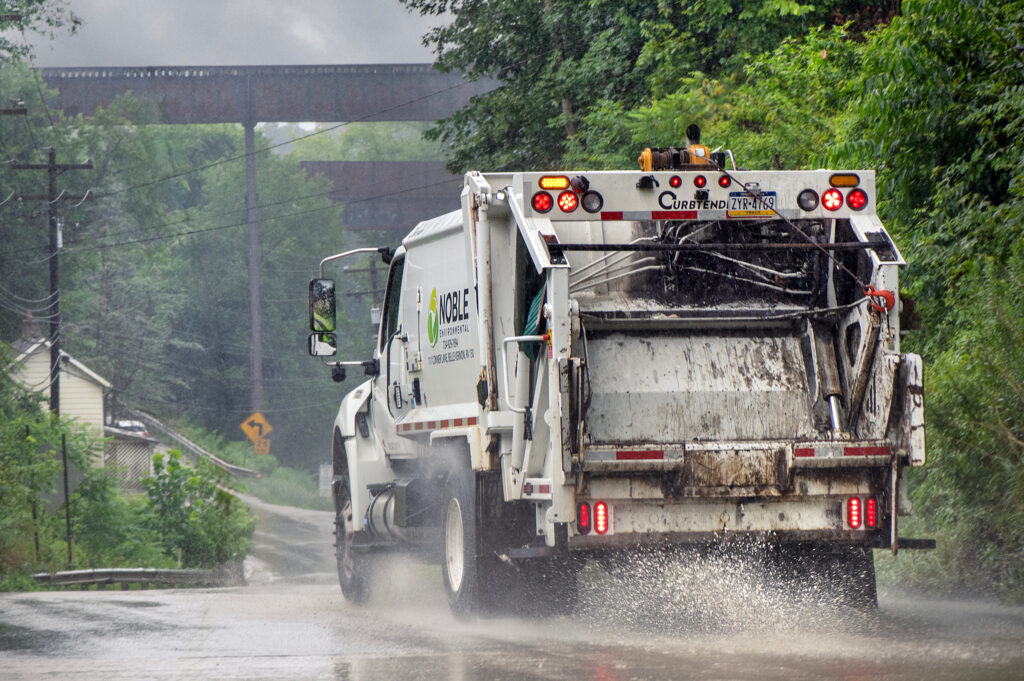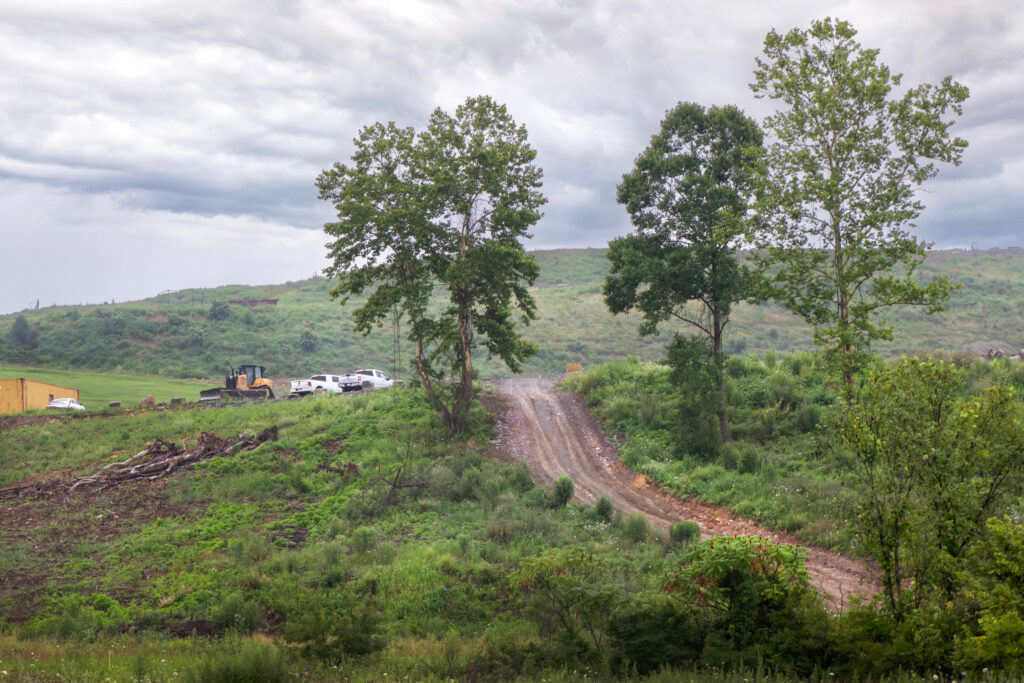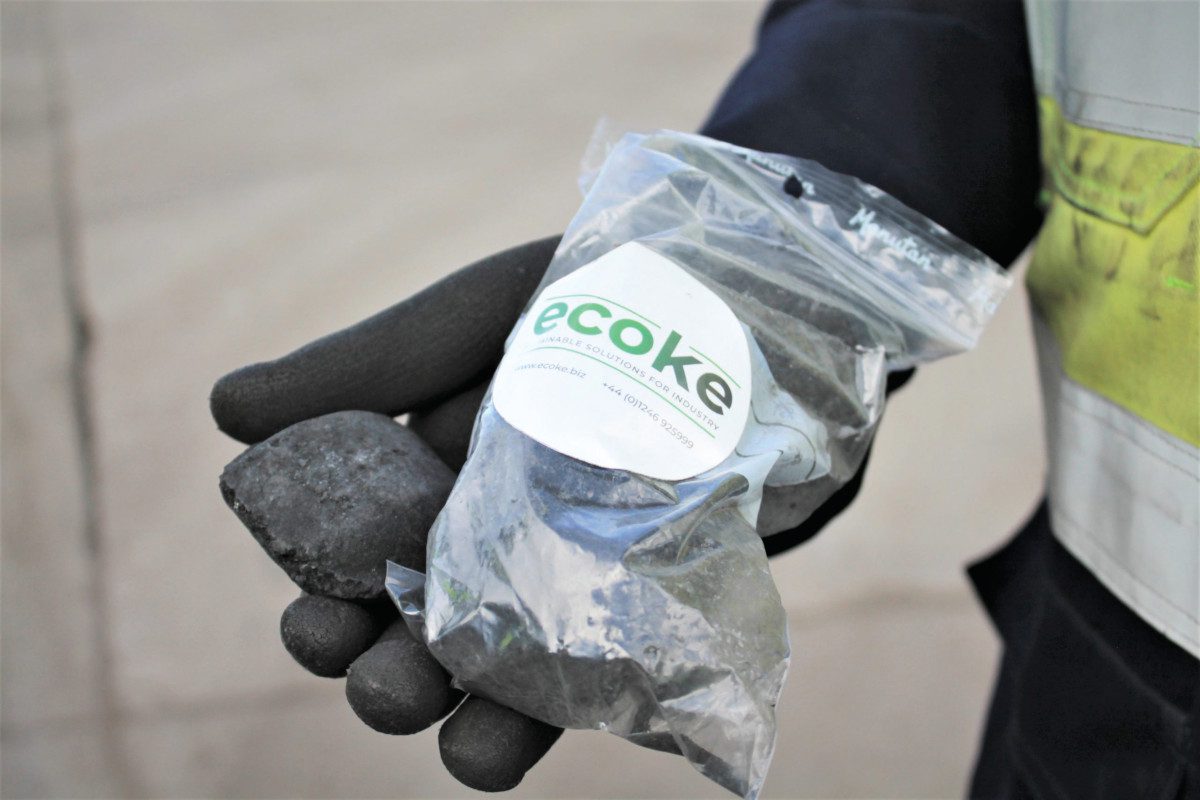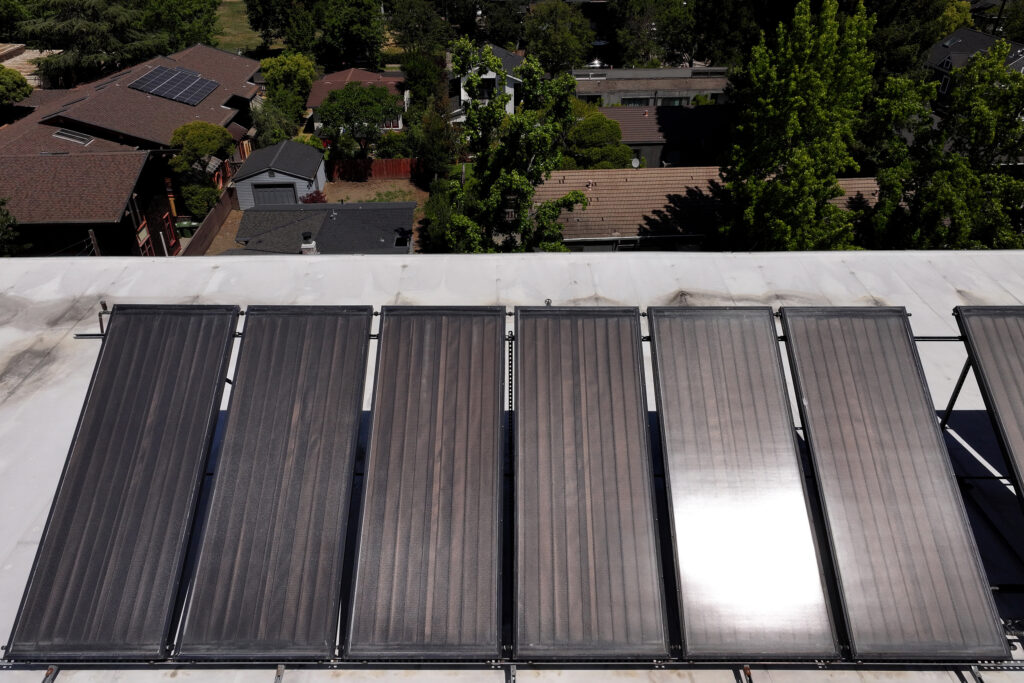BERRY, Ala.—The federal Bureau of Land Management, the agency charged with overseeing the nation’s coal reserves, has released a draft environmental impact statement outlining the potential effects of a proposed expansion of Warrior Met’s longwall coal mining projects in central Alabama.
The draft review concludes that the coal mining expansion—slated to be one of the largest in the state’s history—would significantly increase greenhouse gas emissions that contribute to the dangerously warming climate and put nearby residents at increased risk of property damage and explosions.
Members of the public will have from June 6 to July 21—a total of 45 days—to submit comments on the 190-page draft.
Warrior Met’s mining expansion, proposed to include the mining of thousands of tons of publicly owned coal, has become a project of particular interest to the Trump administration, which has doubled down on promoting fossil fuels.
Interior Secretary Doug Burgum made an unannounced visit to two Warrior Met mines in Alabama earlier this year to emphasize the administration’s commitment to lifting regulations on the extraction of what it terms “clean, beautiful coal.” Burgum did not mention the company’s checkered safety and environmental record, which includes thousands of federal safety violations issued under both Republican and Democratic administrations.
“Mine, Baby, Mine,” the Department of the Interior’s press office posted on social media following Burgum’s April visit.
In May, the administration announced it would aim to fast track the permitting and environmental review of the project as part of a larger effort to accelerate the construction of what the government has labeled “critical mineral” infrastructure.
While administration officials said the change was aimed at “significantly reduc[ing] our reliance on foreign nations,” coal produced as part of Warrior Met’s expansion in Alabama is almost entirely exported overseas to support foreign steelmaking markets, according to the company’s own corporate filings.
Warrior Met’s proposed expansions of Mine No. 4 and Blue Creek Mine No. 1 would involve leasing just over 14,000 acres where the federal government owns mineral rights. In total, BLM estimates that if approved, the project could result in the mining of 53.2 million short tons of publicly owned coal.

Approval of the expansion would lead to an increase in total greenhouse gas emissions of around 80 percent over the lifetime of the mines, compared to emissions levels from their current footprint. The expansion would extend the life of the two mines, one by 14 years and the other by seven.
Those emissions, the draft assessment concludes, would contribute to atmospheric warming that “could exacerbate working conditions” through increased temperatures and lead to day-to-day operational challenges for the mine due to “increased precipitation volumes and more frequent and violent storm systems.”
The draft review concludes that the expanded mines would directly emit a combined 1,176,717 CO2-equivalent tons per year and indirectly lead to the emission of another 17.1 million CO2-equivalent tons per year from downstream emissions like those caused by transportation to port in Mobile, Alabama, nearly 300 miles to the south.
Taken together, the mines’ direct and indirect greenhouse gas emissions are roughly equivalent to the carbon impact of every gasoline car driving on Alabama’s roads each year, according to figures from EPA’s greenhouse gas equivalencies calculator.
Subsidence, or the sinking of land, is also a reasonably foreseeable impact of approving the project, federal officials concluded.
Warrior Met’s mines utilize the longwall method of extraction, where coal is sheared by large high-powered machinery, leaving behind vast open expanses underground that can lead to the land above permanently sinking. The method is faster and can be riskier than other forms of mining and has been blamed for dangerous methane leaks.


In March 2024, an Alabama grandfather was killed by an explosion in his home above Oak Grove mine, a longwall operation in nearby Jefferson County, after methane gas leaked into the home. Alabama officials eventually conceded that the home explosion was “likely” the result of a methane leak, after an Inside Climate News investigation into the cause of the blast.
In April, just days before President Donald Trump boasted from the White House about “unleashing … clean, beautiful coal,” a West Virginia woman was severely injured from a blast at her home above a longwall mine. State inspectors, who are investigating, have ordered that mine owner to submit a revised permit for monitoring methane emissions.
BLM’s assessment of the Warrior Met expansion concludes that it would put additional surface structures at risk of subsidence and the potential of resulting methane exposure.
Expanding Mine No. 4 would increase its subsidence footprint by 38 percent and expose an additional 11 homes to sinking and methane exposure, BLM found. Expanding Blue Creek Mine No. 1 would increase its subsidence footprint by 41 percent and expose 31 additional homes to the impacts of sinking land and the potential of escaping methane.
Risks posed by fugitive methane emissions would be mitigated by new monitoring rules proposed by Alabama officials, the draft assessment said. Those new requirements, which have yet to be implemented, were forced on state officials by federal regulators in the wake of Inside Climate News’ investigation into regulatory inaction following the fatal 2024 explosion above Oak Grove mine.
“Though unlikely due to recently established mitigation efforts and monitoring, fugitive methane does have the potential to create imminent harm to the public or to private property when allowed to accumulate to explosive concentrations,” the BLM report said. “The risk of these adverse impacts is uncertain but are likely higher in the [proposed action scenario] compared to the [no action scenario] due to more occupied residential dwellings occurring in the subsidence footprints in the [proposed action scenario] for both Blue Creek Mine No. 1 and Mine No. 4.”
Impacts from the mine project could also include the “dewatering” or drying up of wells used by residents as their primary water supply, the report concluded, though such impacts would require Warrior Met to intervene to provide residents with running water under federal and state law.
Other impacts on water quality may take time to document, the report concluded, leading to increased risks for residents living above the mine.
This story is funded by readers like you.
Our nonprofit newsroom provides award-winning climate coverage free of charge and advertising. We rely on donations from readers like you to keep going. Please donate now to support our work.
Donate Now
“Adverse impacts to private well users’ health and safety may occur between actual contamination and detection of contamination. These impacts may be short or long-term depending on when the contamination began and when it was detected,” according to the draft assessment. “These impacts are more likely to occur in the [proposed action scenario] due to a larger subsidence footprint, potentially impacting a greater number of wells.”
Warrior Met did not immediately respond to a request for comment. The company’s website notes that its “belief is that long-term success requires a commitment to mine safety and environmental stewardship.”
While coal helped turn the United States into a global economic and military power, burning coal emits toxic air pollution and heat-trapping gases that are changing the world’s climate in dangerous ways. Moreover, the methane that coal mining releases is a super-pollutant 80 times more potent than carbon dioxide at warming the planet in the near term. Inside mines, methane also presents deadly explosion risks to miners if safety measures are not followed.
Contrary to assertions by the Trump administration, coal is the dirtiest of fossil fuels.
Public comments on the project already submitted to BLM included concerns around greenhouse gas emissions and Warrior Met’s contribution to the climate crisis.
“Please do not approve any new or expanded coal mining,” one commenter wrote. “The climate crisis is already deadly and rapidly getting worse. There is an overwhelming international consensus on the severity of this crisis and the urgent need to phase out the use of harmful fossil fuels.”
About This Story
Perhaps you noticed: This story, like all the news we publish, is free to read. That’s because Inside Climate News is a 501c3 nonprofit organization. We do not charge a subscription fee, lock our news behind a paywall, or clutter our website with ads. We make our news on climate and the environment freely available to you and anyone who wants it.
That’s not all. We also share our news for free with scores of other media organizations around the country. Many of them can’t afford to do environmental journalism of their own. We’ve built bureaus from coast to coast to report local stories, collaborate with local newsrooms and co-publish articles so that this vital work is shared as widely as possible.
Two of us launched ICN in 2007. Six years later we earned a Pulitzer Prize for National Reporting, and now we run the oldest and largest dedicated climate newsroom in the nation. We tell the story in all its complexity. We hold polluters accountable. We expose environmental injustice. We debunk misinformation. We scrutinize solutions and inspire action.
Donations from readers like you fund every aspect of what we do. If you don’t already, will you support our ongoing work, our reporting on the biggest crisis facing our planet, and help us reach even more readers in more places?
Please take a moment to make a tax-deductible donation. Every one of them makes a difference.
Thank you,




